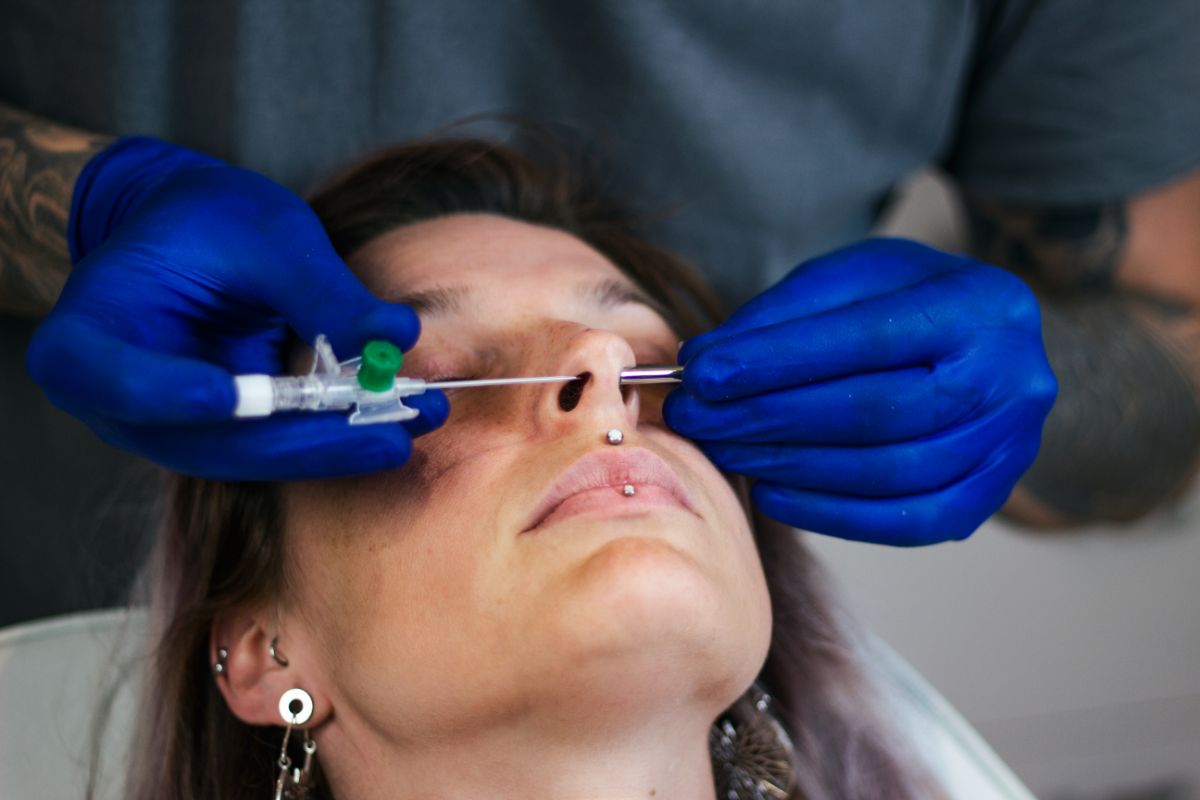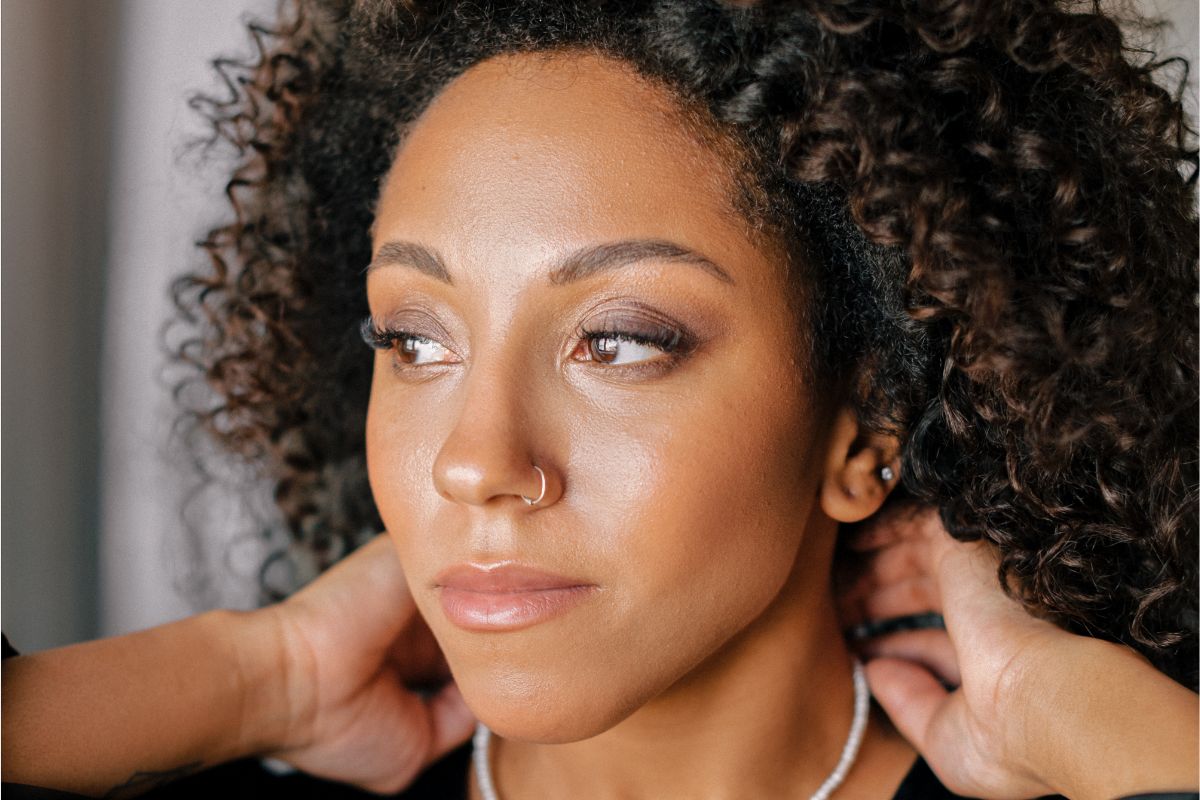
Rook piercings are among the more uncommon types of in-the-ear piercing. As well as being aesthetically pleasing, the rook piercing offers several functional benefits and is currently popular.
If you're looking for information about the rook piercing's pain level, healing time, and the best type and material of piercing for you, this is the place to go!
This cool and specialized piercing is the subject of an extensive investigation by our team, which includes dermatologists and piercers.
Keep reading to find out more!
Rook Piercing
What is a Rook Piercing? An antihelix piercing is a rook piercing, a cartilage piercing above the tragus in the inner ear.
The piercer inserts the jewelry after inserting a hollow needle into your rook's cartilage. As long as a trained practitioner uses a sanitary procedure, rook piercings are safe.
Rook piercing has many intricacies, so let's start with the fundamentals.
The Pain of a Rook Piercing
Getting a rook piercing is one of the most painful options because it is through your cartilage.
An expert piercer would help minimize pain and have you lie on your side to avoid passing out or moving too much.
A hollow 16-gauge needle will then be used to penetrate the rook. You will only feel a pull and a pinch if you work with an experienced piercer who will tell you when to breathe to help the procedure go more smoothly.
Rook Piercing Heal Moment
The healing time for a rook piercing ranges from six to nine months to a full year. Be cautious about contacting your piercer before ceasing aftercare methods for cartilage piercings since healing durations vary widely from person to person.
It's possible to have adverse effects like cartilage lumps if you remove the jewelry before the wound fully recovers.
The Rule of Aftercare
You should follow your piercer's instructions and clean your rook piercing twice or three times a day with a saline solution.
If you're using an aftercare spray, make sure it doesn’t have any harsh chemicals that can potentially harm your skin. Tea tree oil, a common ingredient in aftercare sprays, has the potential to irritate the skin and delay the healing process of the piercing.
To What Kind of Jewelry Are Rook Piercings Applied?

Many jewelry options are available for those who want to personalize this piercing, even if it is situated in a small area.
Ear rook piercings are pretty popular, and curved barbells are also standard. As a result, it's an excellent piece of jewelry for beginners since it won't irritate your skin, and you can buy a barbell long enough to allow for swelling.
One may add charms, opals, and other colorful beads to give your barbells a little pizazz.
Rook piercing jewelry is also known for the hoop, clicker, and captive bead rings. The smaller the diameter, the more pleasant the round will be on your skin.
Solutions for Cleaning the Piercing in a Rook
How to clean a rook piercing? Immersing your new piercing in a pure organic sea salt solution and carefully cleaning it is the most acceptable approach to care for it.
This solution should be applied to the rook's wounds at least twice a day until they are healed.
Hydrogen peroxide isn't recommended for use on piercings since it's drying and may harm healing white blood cells.
Bottomline
A rook piercing is undeniably eye-catching. When it comes to long-term care and speedy recovery, getting your rook piercing done at an established shop with a good reputation for quality work is essential.
It's possible to get the best results with correct piercing care and using internet resources.
Consider using different designs and pieces of jewelry to make your rook piercing even more trendy. Your rook piercing tells the world everything you need to know about your aura!
Learn more about Dr. Piercing's products by visiting them now!





